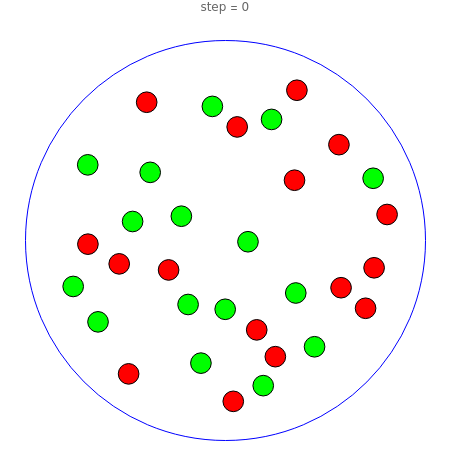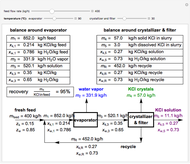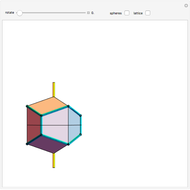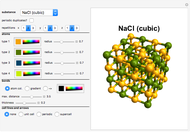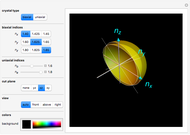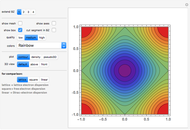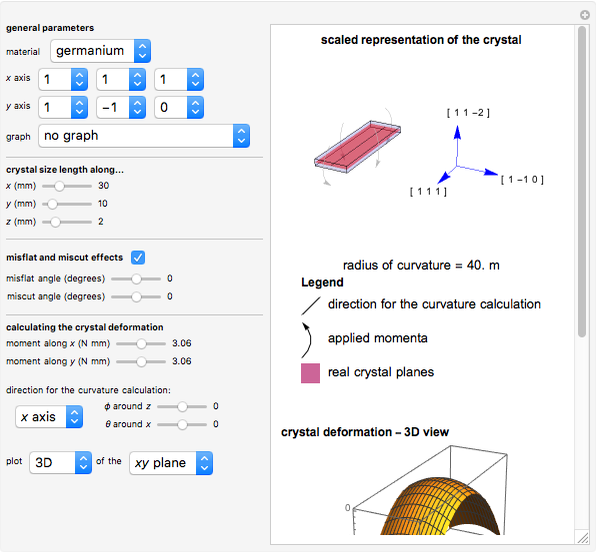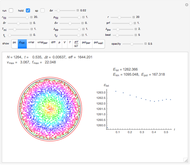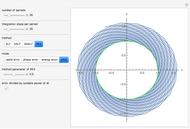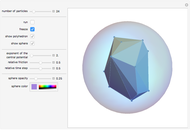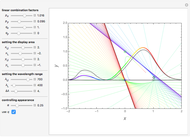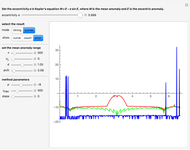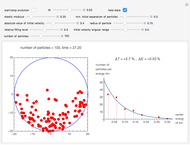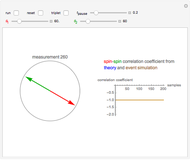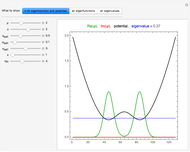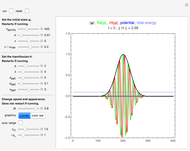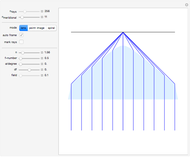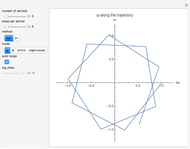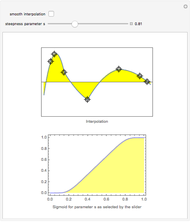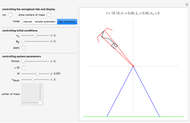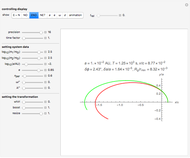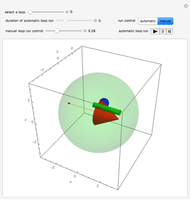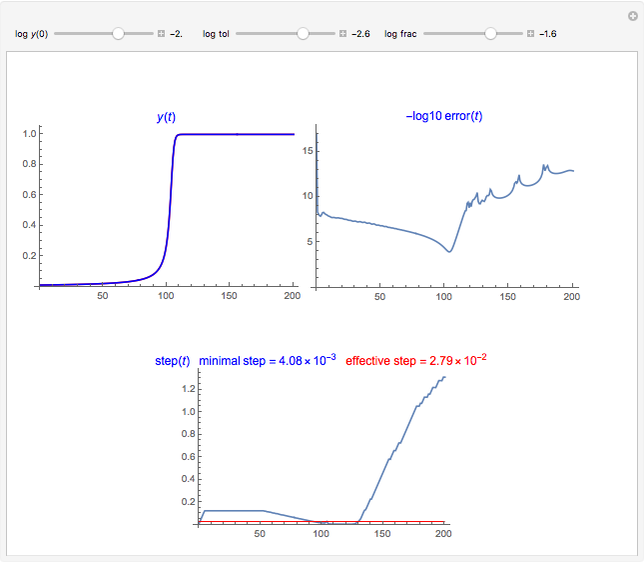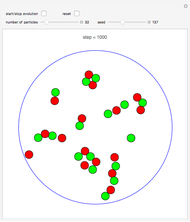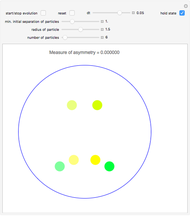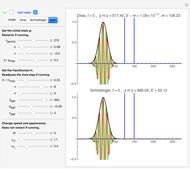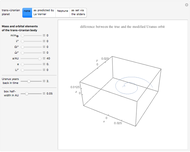Model for Crystallization in 2D

Requires a Wolfram Notebook System
Interact on desktop, mobile and cloud with the free Wolfram Player or other Wolfram Language products.
This Demonstration simulates the evolution of a random mixture of oppositely charged ions into a crystalline ion lattice under the influence of Coulomb forces and friction.
Contributed by: Ulrich Mutze (December 2012)
Open content licensed under CC BY-NC-SA
Snapshots
Details
A group of spherical electrically charged particles is distributed randomly inside a spherical container along the equatorial plane. We restrict the motion of the particles to this plane using transparent frictionless plates. The particles all have either positive or negative charges of the same magnitude, with equal masses and radii. The total charge of the particles adds up to zero. Mechanically, the particles behave like steel balls, but their elastic repulsion forces are assumed to show strong hysteresis, so that oscillatory motion after collisions is strongly damped. Also, we assume the medium has low viscosity to allow the particles to settle down to their final state rather rapidly. Of course, the state of lowest potential energy is a checkerboard pattern (the 2D version of a cubic lattice), but it would be naive to assume that particles always equilibrate to just this configuration. There is a high probability of lattice defects. The purpose of this Demonstration is to show how these configurations originate, transform, and, sometimes, dissipate.
Snapshot 1: this is the early phase of cluster formation
Snapshot 2: two rather widely separated clusters have formed; separated clusters always tend to merge, but often very slowly
Snapshot 3: a single connected cluster was formed; it is not yet a stable configuration
Snapshot 4: on the way to a stable configuration
Snapshot 5: here a stable compact configuration is reached
Snapshot 6: the stable final configuration for a different initial state
Snapshot 7: for more particles, the stable final configuration may consist of loosely connected sub-clusters
Permanent Citation
"Model for Crystallization in 2D"
http://demonstrations.wolfram.com/ModelForCrystallizationIn2D/
Wolfram Demonstrations Project
Published: December 3 2012
